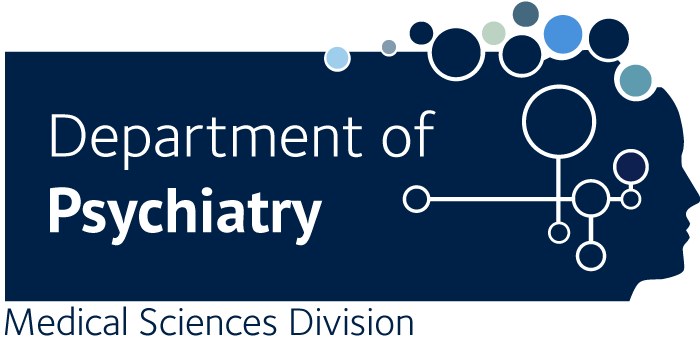Greater white and grey matter changes associated with early cannabis use in adolescent-onset schizophrenia (AOS).
James A., Hough M., James S., Winmill L., Burge L., Nijhawan S., Matthews PM., Zarei M.
BACKGROUND: Cannabis use is associated with a higher risk of schizophrenia, however, its specific long-term effect on the structure of the brain of adolescent-onset schizophrenic patients remains unclear. AIMS: To study cognitive and structural (grey and white matter) changes in patients with adolescent-onset schizophrenia (AOS) with early cannabis use (CAN+ve) (more than 3 times/week for at least 6 months) and without cannabis use (CAN-ve) versus controls. METHOD: An optimised voxel-based morphometry (VBM) and diffusion tensor imaging (DTI) MRI study of 32 adolescents with DSM IV schizophrenia-16 CAN+ve and 16 CAN-ve, and 28 healthy adolescents. RESULTS: Compared to CAN-ve subjects, CAN+ve subjects showed GM density loss in temporal fusiform gyrus, parahippocampal gyrus, ventral striatum, right middle temporal gyrus, insular cortex, precuneus, right paracingulate gyrus, dorsolateral prefrontal cortex, left postcentral gyrus, lateral occipital cortex and cerebellum. Similar group comparison showed decreased fractional anisotropy (FA) in particular in brain stem, internal capsule, corona radiata, superior and inferior longitudinal fasciculus in CAN+ve patients. No cognitive differences were apparent between CAN+ve and CAN-ve subjects, and both were impaired relative to controls. CONCLUSION: Cannabis use in early adolescence increases WM and GM deficits in AOS, but does not appear to increase the cognitive deficit associated with this illness.

